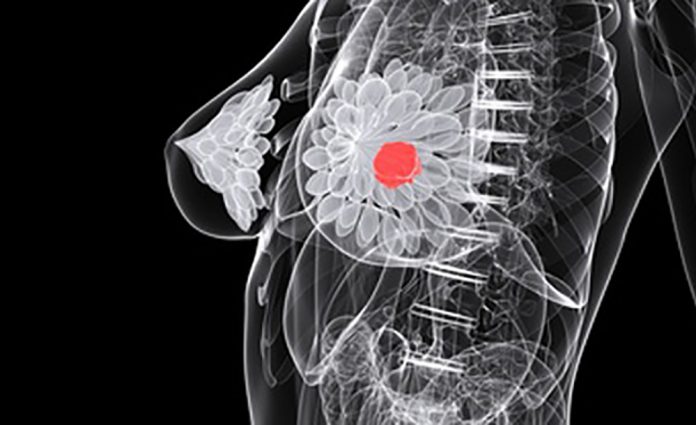
A new study from investigators from the Clínica Universidad de Navarra in Spain shows that approximately 40% of postmenopausal hormone receptor-positive breast cancer cases may be associated with excess body fat. This finding, published in the Journal of Epidemiology & Community Health, shows that the attributable effects of excess body fat on developing this form of cancer may be significantly underestimated by the widely used measure of body mass index (BMI) that suggests only 10% of cases are connected to obesity.
The research was part of the multicase-control (MCC)-Spain study, which is evaluating the environmental and genetic factors related to various cancers, including breast cancer. The study has enrolled 1,033 postmenopausal women diagnosed with breast cancer and 1,143 controls matched for age, sex, and geographical region. All participants provided information about potential risk factors including lifestyle, diet, and medical histories.
The dietary information of the participants was gathered via a 140-item food frequency questionnaire, and a self-administered questionnaire was used to gather the alcohol intake of study participants between the ages of 30 and 40.
The researchers note that BMI isn’t necessarily and accurate way to measure total body fat, especially in older women, as it doesn’t take into account other factors such as age, sex, or ethnicity. To address this limitation, the researchers compared BMI with the CUN-BAE (Clínica Universidad de Navarra–Body Adiposity Estimator), a validated measure that offers a more accurate assessment of body fat.
The results indicated that while BMI categorized 23% of breast cancer cases as attributable to excess weight, the CUN-BAE measure suggested a significantly higher figure of 38%. For hormone receptor-positive cases specifically, the numbers were even more striking: 20% of cases were attributed to excess body fat using BMI, whereas this figure increased to 42% when using CUN-BAE.
Among participants, the average BMI was slightly above 26 for the control group and over 27 for the breast cancer group. In contrast, average body fat estimates using CUN-BAE were nearly 40% and just over 40.5%, respectively. The data showed that while 20% of women in the control group had a CUN-BAE below 35%, only 16% of those with breast cancer fell into that category. Conversely, over 53% of the breast cancer group had a CUN-BAE of 40% or above, reflecting a significant increase in risk.
A CUN-BAE of 45% or higher was associated with more than double the risk of developing postmenopausal breast cancer compared to those with lower body fat percentages. The researchers noted that such a trend was not mirrored when using BMI, highlighting the inadequacy of this traditional measure in assessing obesity’s impact on breast cancer risk.
While the study’s case-control design does not establish causation related to excess fat, the research does carry important implications for clinical care.
“The results of our study indicate that excess body fat is a significant risk factor for hormone receptor-positive breast cancer in postmenopausal women,” the researchers wrote. “Our findings suggest that the population impact could be underestimated when using traditional BMI estimates, and that more accurate measures of body fat, such as CUN-BAE, should be considered when estimating the cancer burden attributable to obesity in postmenopausal breast cancer.”
These findings suggest a future where clinicians use more precise tools than BMI to help assess body fat and to use this information to provide targeted interventions for post-menopausal women aimed at preventing cancer development for this at-risk population.





